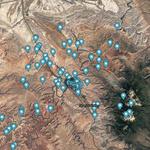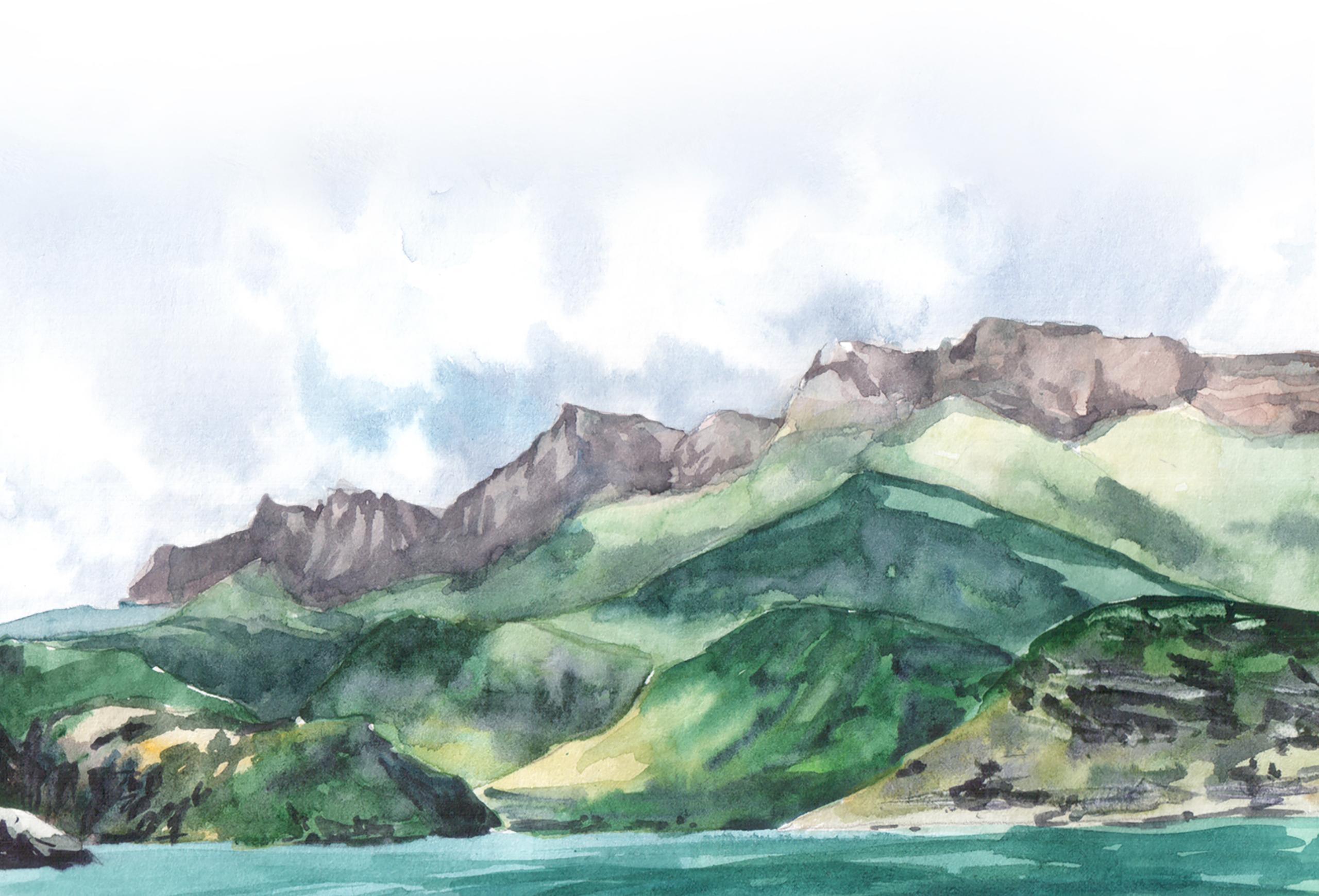
Things To Do In Moab
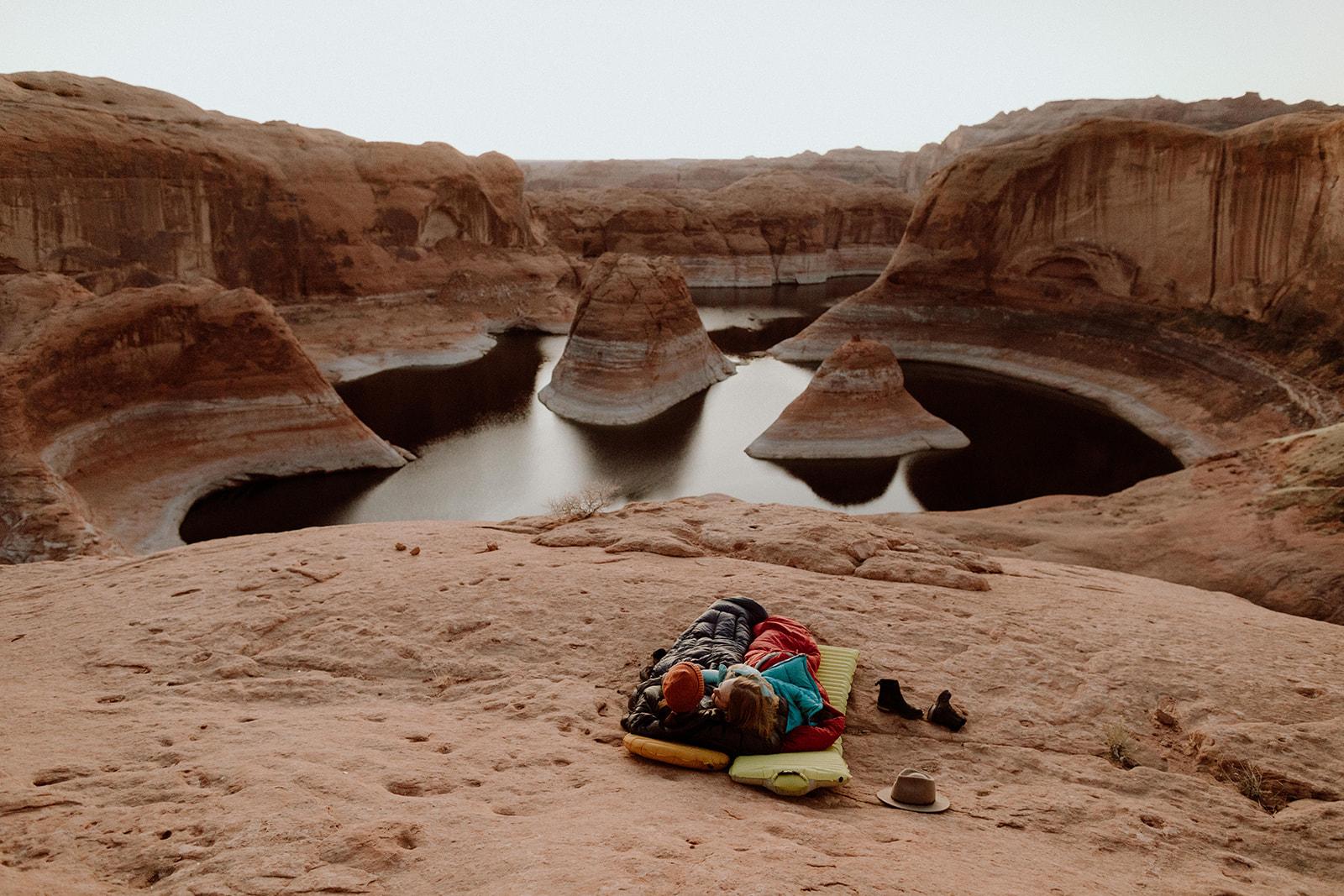

1) Plan Ahead and Prepare
Do some research and make sure you have everything you need! - Food and Water (and extra in the car) - Clothing for both warm and cold (check the weather!) - Sunscreen, glasses, hat - Fully charged phone, maybe USB battery pack - Full gas tank - A game plan to tell someone else where you're headed and when you'll be back!
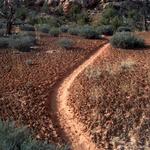
2) Travel and Camp on Durable Surfaces
The general rule here is if a developed trail or campsite exists, stick to it! The purpose of this is to help us avoid creating new scars on untouched areas and trampling on vegetation and communities of microorganisms such as those that live on cryptobiotic soil. Along the trails, you may notice patches of a darker "crust" on the soil, which can be nearly invisible in its younger stages. This "cryptobiotic crust" is a mixture of cyanobacteria, mosses, lichen, fungi and algae. This plant community holds the desert sands together, absorbs moisture, produces nutrients, and provides seed beds for other plants to grow. The crust is so fragile that one footprint can wipe out years of growth. Don't bust the crust, stay on the trails!

3) Dispose of Waste Properly
Pack it in, pack it out! We should be sure to pack out empty granola bar wrappers, as well as banana peels and apple cores, which cause issues for animals and don't break down in the dry environment. Speaking of not breaking down, find a visitor center if you need to go #2. Our ceremony and reception locations will have restroom access. In case of emergency, we'll have specially designed bags for packing out poop if a toilet isn't nearby during other activities. These are known as "WAG bags" and are available for purchase at shops in town. Make sure to pack out toilet paper and hygiene products as well. Urine does not need to be packed out (thankfully), and you should target rocks and sand rather than plants, as wildlife will seek out the salts and chew up the plant.
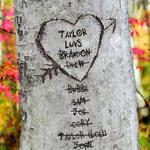
4) Leave What You Find
Taking photos is encouraged! Most other things shouldn't be taken, and should stay as they are. Avoid damaging plants and trees, and leave all natural objects and cultural artifacts in place. If you feel the need to announce your undying love for someone, maybe you could consider asking them out for coffee instead of carving initials into a tree or rock. “If you love a flower, don’t pick it up. Because if you pick it up it dies and it ceases to be what you love. So if you love a flower, let it be. Love is not about possession. Love is about appreciation.”
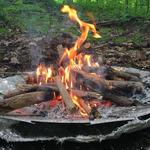
5) Minimize Campfire Impacts
Most of us will not need to build any campfires on this trip, but here is more information in case the opportunity presents itself! Campfires can cause lasting impacts to the environment. Use a stove for cooking and enjoy a lantern for light. When and where fires are permitted, use established fire rings or fire pans. When these are not available, learn how to build a mound fire with a layer of sand on a tarp that is able to be scattered easily once completely out, without scorching the surface below. Keep fires small. Only use dead sticks from the ground that can be broken by hand. Burn all wood and coals to ash, put out campfires completely, then scatter cool ashes.
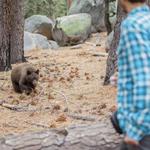
6) Respect Wildlife
Don’t approach animals. Both you and the wildlife will enjoy encounters more if you master the zoom lens on your camera and pack along a pair of binoculars. - Observe wildlife from a distance. Do not follow or approach them. - Never feed animals. Feeding wildlife damages their health, alters natural behaviors, and exposes them to predators and other dangers. - Protect wildlife and your food by storing supplies and trash securely. - Control pets at all times, or leave them at home. - Avoid wildlife during sensitive times: mating, nesting, raising young or winter.
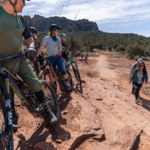
7) Be Considerate of Other Visitors
“Treat others the way you would like to be treated” is a rule that applies in the outdoors, too. - Respect other visitors and protect the quality of their experience. - Be courteous. Yield to other users on the trail, especially horses. - Take breaks and camp away from trails and other visitors. - Let nature's sounds prevail. Avoid loud voices and noises.
